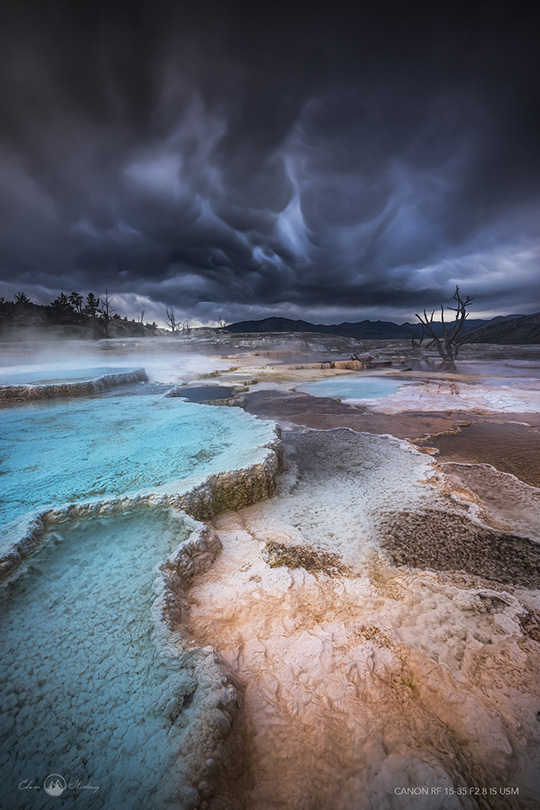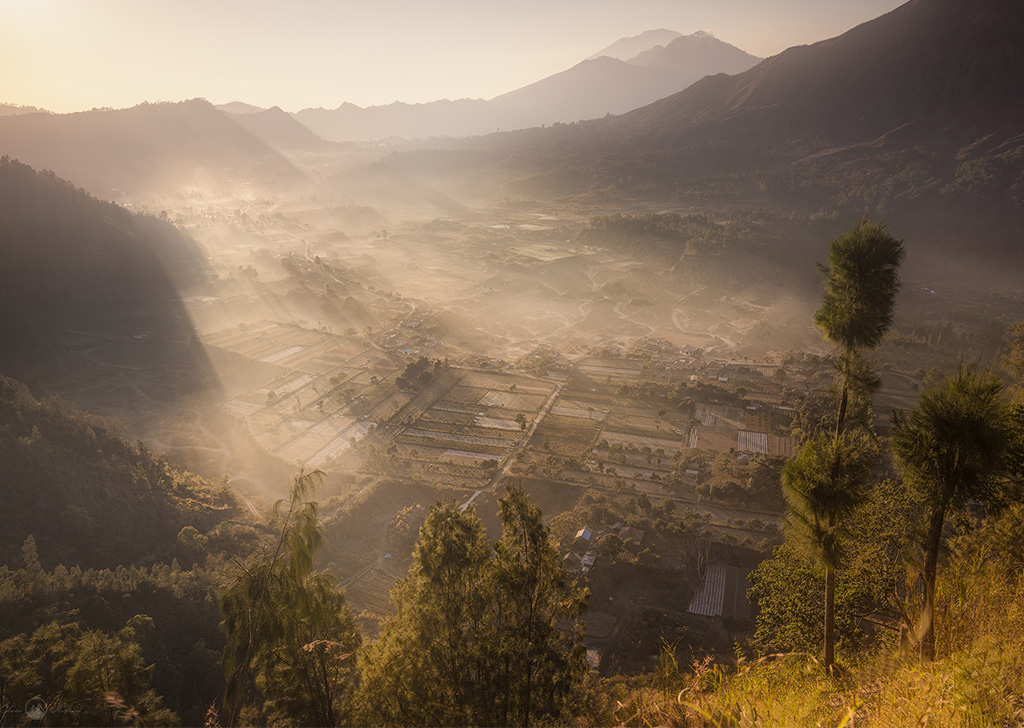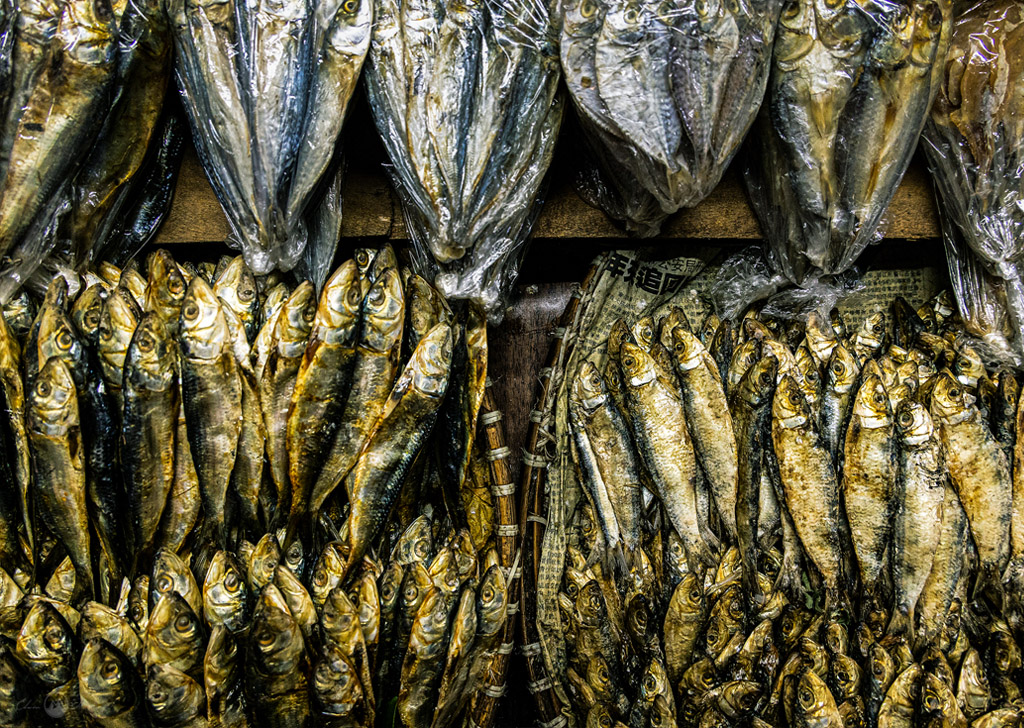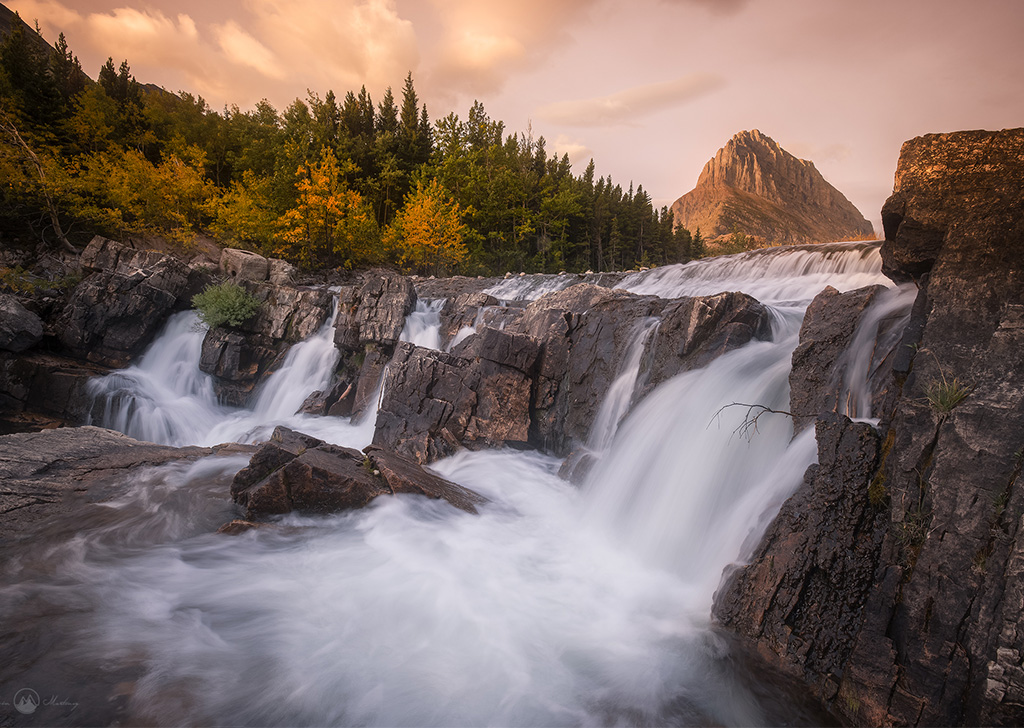Shooting Landscapes With the RF 15-35mm and RF 24-240mm Lenses
Travel and landscape photographer Edwin Martinez has recently returned from his photography trips – the Philippines, Indonesia and the USA. He tested the Canon EOS R with two lenses – RF 15-35mm f/2.8L IS USM and RF 24-240mm f/4-6.3 IS USM, and here are his findings.

EOS R, RF 15-35mm f/2.8L IS USM lens, f/2.8, 25mm, 1/40 sec, ISO1600
Tell us about your trips.
I had the chance to test out the new RF lenses from Canon on three of my travels. The first was photographing rural market places and waterfalls in the Philippines, and then the northwest national parks in the USA, and lastly the rugged beauty of Bromo and Bali in Indonesia. During the course of these travels, I had extensively tested the RF 15-35mm f/2.8 IS USM lens and had the chance to try out the RF 24-240mm f/4-6.3 IS USM lens for some quick travel photography.

EOS R, RF 24-240mm f/4-6.3 IS USM lens, f/4.0, 24mm, 1/20sec, ISO1600
What were some of the most memorable moments from these trips?
The most memorable moments of my travels were photographing in extreme and unpredictable weather, just like at the Yellowstone National park, where I photographed the forming of mammatus clouds – it was fleeting and I had to react and compose quickly the shot for that moment. Having the RF 15-35mm f/2.8L IS USM lens with 5 stops Image Stabilization, I was able to photograph without a tripod – just a handheld Canon EOS R shooting these surreal photos at low shutter speeds while managing to keep the shots sharp.

EOS R, RF 15-35mm f/2.8L IS USM lens, f/16.0, 15mm, 1/40 secs, ISO400
Another memorable moment was photographing the Milky Way. It is best to photograph the Milky Way in September as it remains visible for the longest time during this season. I was lucky enough to test the RF 15-35mm lens by photographing the Milky Way at two locations, the Grand Tetons in the US and Bromo National Park.

EOS R, RF 15-35mm f/2.8L IS USM lens, f/2.8, 15mm, 25.0 secs, ISO4000
What were the challenges that you faced?
One of the major challenges on our trips was photographing the massif, or volcanic structures at Bromo National park. During the course of the tour, one of the hardest parts was photographing in dust storms, as the sea of sand (Lautan Pasir) produced dust storms with wind speed of 40-60 kmph, making the volcanoes difficult to photograph and risking the possibility of gear failure. The Canon EOS R and RF 15-35mm lens performed without any hiccups and the weather sealing in both the camera and lens were top notch.
Your photos have always been amazing. What do you look out for in your subjects?
In travel and landscape photography, I always look for these elements when photographing any subject: the presence of fine light, I usually photograph from the golden hour to civil twilight where light is more appealing; the presence of interesting geometrics in my frame, inclusion of dynamic lines or leading lines is a plus in any landscape photos as they make the perfect anchor point to leading the viewer’s eye; choosing a subject that tells a story, the inclusion of iconic elements such as notable mountains or volcanoes, people with interesting actions or features. All of these put together create a photograph with impact.

EOS R, RF 15-35mm f/2.8L IS USM lens, f/16, 15mm, 1/50 sec, ISO400
Night shoots can be tricky, how do you ensure that you still get a good shot of the night sky/scene with such low light?
The transition of light during day to night is often the most dramatic time to photograph, and there are two ways to ensure that you get sharp results during this time. Firstly, is the use of a tripod for static subjects like landscapes, or the Milky Way, and I would recommend turning off the IS since you are already using a tripod.
Secondly, it is the use of a system with a good image stabilisation. I was able to photograph the Hindu horsemen of Bromo in low light handheld using the RF 15-35mm f/2.8L IS USM lens with an aperture of f/2.8 and Image Stabilisation. Another scene was inside a public market in the Philippines where I tested the RF 24-240mm and was impressed by how I was able to capture sharp images even in low light thanks to its Dynamic IS (which is enhanced with Combination IS optical stabilisation).

EOS R, RF 15-35mm f/2.8L IS USM lens, f/2.8, 25mm, 1/125sec, ISO800
What can you tell us about the RF 15-35mm and RF 24-240mm lenses?
With the development of new RF lenses, Canon has fortified its place in the mirrorless game. As any loyal Canon user would attest, Canon's true strengths lie in the glasses. The new Canon RF 15-35mm f/2.8L IS USM lens is one of the gems in the trinity line up of the mirrorless system.

EOS R, RF 15-35mm f/2.8L IS USM lens, f/11, 25mm, 1/80sec, ISO100
The RF 24-240mm despite not being an L lens, has the feel of a great all-in-one travel lens, with the focal length as its true strength on a lightweight system.

EOS R, RF 24-240mm f/4-6.3 IS USM lens, f/6.3, 24mm, 1/20sec, ISO2500
Interesting you mentioned the EOS RP. What are some of the camera features you find interesting?
The Canon EOS RP is the best travel camera with its weight partnered with the right lens (e.g. RF 24-240mm or 24-105mm), which would also be discreet for street and travel photography. One of the features I love is focus bracketing. I usually do a lot of focus bracketing and this feature makes the process easier and less complicated. I would usually want to optimise sharpness in my photos (specifically the foreground elements with good features), and these are the moments I use focus stacking techniques for. Before the EOS R/RP, I would do this manually and take seven to 10 shots of various focal planes/points just to complete the process. There are some compositions that require more than 10 focus shots (and sometimes you may miss some parts and would end up with an incomplete focus-stacked photo). Having the EOS RP focus bracketing eliminates these mistakes.
The EVF and Live View of the EOS RP are also my favourites. When I was photographing the Northern lights in Lofoten earlier this year, I could see the light from the EVF and it was easier for me to compose in the dark.
Black & white versus colour, which do you prefer, and why?
It really depends, there are scenes that colour is the major element, such as sunrises or sunsets with colourful skies. When you want to project mood and minimalism, then black and white can also work. There is no solid formula when a photo would look good in colour or monochrome, it would always be the creative intent of the photographer and the final output.

EOS R, RF 15-35mm f/2.8L IS USM lens, f/11, 15mm, 0.6sec, ISO100
What are some of the must-haves for a photography trip?

EOS R, RF 15-35mm f/2.8L IS USM lens, f/16.0, 15mm, 1/4sec, ISO50
To see more of Edwin’s works, check out the following articles:
Discover How Photographer Edwin Martinez Shoots Atlantic Puffins with EOS R
Can the EOS R Survive the Harsh Winter in Canada?
A Photography Adventure in Iceland with Edwin Martinez
Hands-On Review: Why the EOS R is a Good Addition to My Travel Photography Kit
Harsh But Beautiful Landscapes: EOS M50 Hands-On Review in Patagonia
Receive the latest update on photography news, tips and tricks.
Be part of the SNAPSHOT Community.
Sign Up Now!About the Author
Travel and Nature Photographer
When one speaks of travel and landscape photography at its apex, his name quickly comes to mind. Well known locally and gaining recognition abroad for his ethereal landscape images, his works exemplify landscape photography as a fine art.
A former medical and corporate professional, Edwin has found his niche and true calling in landscape photography. Still imbibed with the commitment and dedication for always achieving his best, these qualities are now his staples, whether he is shooting for clients or himself, mentoring photographers that join him in the tours that he guides in Iceland, Norway, Canada, the American west and other parts of the world or teaching in workshops under Wide Horizon Photo Adventure (https://www.facebook.com/WideHorizonPhotoAdventure)
Edwin’s excellence has been recognized by brands that support his projects. By virtue of his acknowledged skill and influence, he has been tapped to field test and help in the launch of a number of new photography gear. His works have graced both local and overseas publications and websites. Edwin’s images surely speak the language that draws attention and leaves an indelible mark of excellence.
To connect with or learn from Edwin, visit his social media accounts:
Introductory video: https://youtu.be/EvZrbGv4ENc
Facebook: www.facebook.com/EdwinMartinezPhotography/
Instagram page: https://www.instagram.com/edwinmartinez/
500px: https://500px.com/edwinmartinez
Youtube: https://www.youtube.com/edwinmartinezphotography
Website: https://edwinmartinezphotography.wpcomstaging.com/info/
https://500px.com/EdwinMartinez
http://edwinmartinezphoto.com/




































